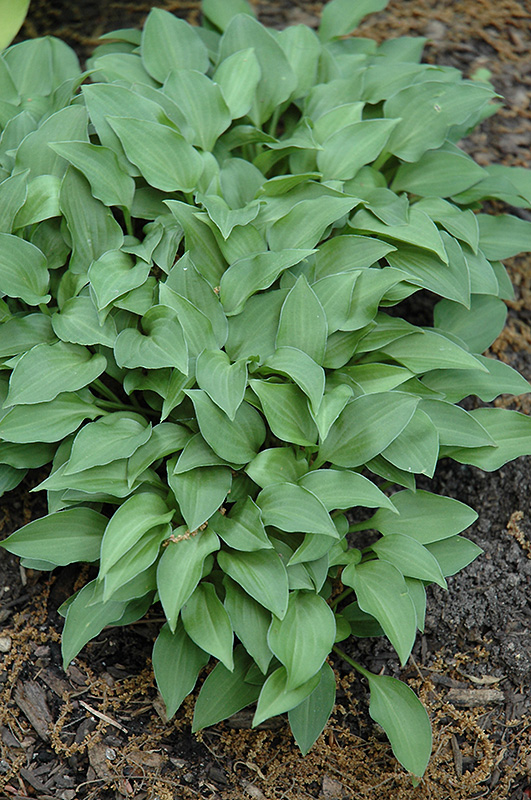Plant Height: 3 inches Flower Height: 6 inches Spacing: 10 inches
Sunlight:
Hardiness Zone: 3 Other Names: Plantain Lily, Funkia Description: One of the smallest hostas, this adorable gem features versatile, wavy medium-green foliage; provides beautiful texture and contrast to other plants; lavender spikes of flowers in early to mid-summer Ornamental Features Venusta Hosta features dainty spikes of lavender tubular flowers rising above the foliage from early to mid summer. Its attractive tiny textured oval leaves remain emerald green in color throughout the season. Landscape Attributes Venusta Hosta is a dense herbaceous perennial with tall flower stalks held atop a low mound of foliage. It brings an extremely fine and delicate texture to the garden composition and should be used to full effect. This is a relatively low maintenance plant, and is best cleaned up in early spring before it resumes active growth for the season. Gardeners should be aware of the following characteristic(s) that may warrant special consideration; Venusta Hosta is recommended for the following landscape applications; Planting & Growing Venusta Hosta will grow to be only 3 inches tall at maturity extending to 6 inches tall with the flowers, with a spread of 12 inches. When grown in masses or used as a bedding plant, individual plants should be spaced approximately 10 inches apart. Its foliage tends to remain low and dense right to the ground. It grows at a slow rate, and under ideal conditions can be expected to live for approximately 10 years. As an herbaceous perennial, this plant will usually die back to the crown each winter, and will regrow from the base each spring. Be careful not to disturb the crown in late winter when it may not be readily seen! This plant does best in partial shade to shade. It prefers to grow in average to moist conditions, and shouldn't be allowed to dry out. It is not particular as to soil type or pH. It is somewhat tolerant of urban pollution. This species is not originally from North America. It can be propagated by division.![]()
![]()
![]()
![]()
![]()
![]()
![]()
![]()
![]()
![]()
![]()
![]()
![]()
Characteristics
Applications
Ornamental Features
This guide is an online resource representing many of the varieties that we carry over the course of the season, and is intended for informational purposes only. Inventory varies seasonally, so we cannot guarantee that every plant will be in stock at all times - please contact the store directly for current availability. It does not include our entire selection of plants, so be sure to visit our store to see varieties that may not be represented on this list.


